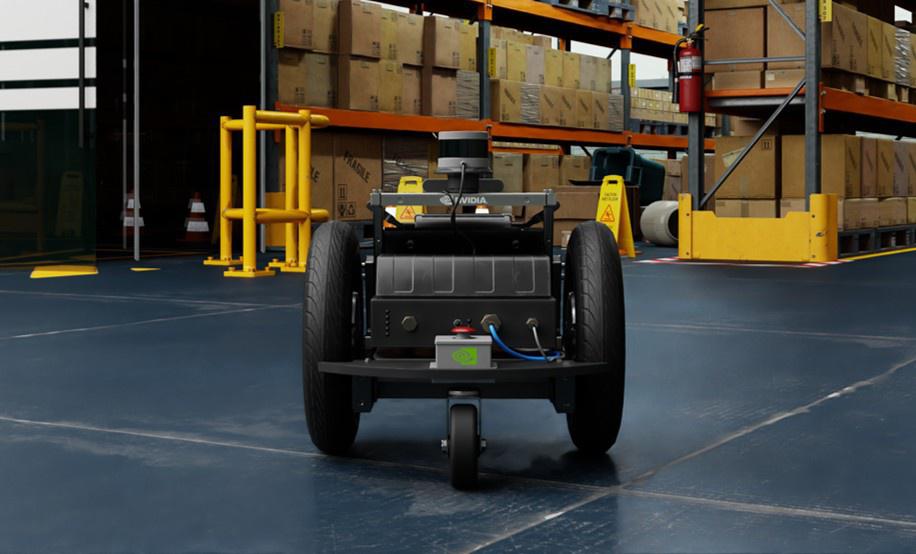An autonomous robotic using Nvidia technology
Nvidia
The value of attending major industry events like Nvidia’s GTC (GPU Technology Conference) is to see what companies are and are not focusing on going forward. Nvidia has transformed the agenda for GTC from gaming into one of the leading AI events. The agenda also includes HPC and data center networking topics, representing other areas Nvidia has been expanding into in the last few years. If the agenda for the upcoming GTC event is any indication, the company has greatly increased its focus on autonomous machines, which includes all forms of robotics.
In addition to autonomous vehicles, this GTC agenda includes more than ten sessions focused on autonomous machines. As the company has done with other market segments, the autonomous machines sessions will bring together experts from academia, the industry, and Nvidia to provide training, industry insights, and technical assistance in AI and robotics. Some of the experts attending include Brian Gerkey, Co-founder and CEO of Open Robotics, Patty Delafuente from the University of Maryland, Ajit Jaokar and Ayşe Mutlu form the University of Oxford, and Johan Barthelemy from the University of Wollongong. There will also be AI and robotics experts from Denso Wave, Digeiz, Hammerson, Integral AI, Milestone Systems, Nota, and SK Telecom presenting at the conference.
Robotics has long been an area of focus for Nvidia and a key application for the company’s Jetson embedded/IoT product line, which I have covered in previous posts. Last year, Nvidia even announced that BMW is using the Jetson platform for automated material management. However, it seems like Nvidia is now putting an even greater emphasis into robotics, much like it has done with the automotive and data center markets.
This means that we are likely to see new products, as well as updates to the Isaac development platform, new neural network models, and enhancements to the Robot Operating System (ROS) support, which was announced in late September. During that ROS announcement, representatives from Nvidia indicated that they saw an increased interest in robotics during the COVID-19 pandemic. With continued materials and labor shortages, interest in robotics continues to increase. Companies in a broad range of industries are now considering how to leverage autonomous machines, including agriculture, healthcare, life sciences, logistics, manufacturing, smart cities, retail, and a variety of services. So, Nvidia’s increased interest in this segment is not surprising. However, Nvidia has the advantage of being able to leverage the company’s experience in AI and its technology developed for other market segments like automotive.
As with the previous GTC’s, there will be a flurry of announcements, but based on the agenda, we expect to see more on autonomous machines at the upcoming GTC starting on November 8th. Note that this timeframe is normally when Nvidia has held a GTC in China, but with all of the GTC’s being virtual, this is just being labeled “GTC”, but many the live event times are more EU/Asia friendly. So, be prepared for some early morning meetings if you want to attend the presentations or expert meetings live from North America.
Credit: Source link




















